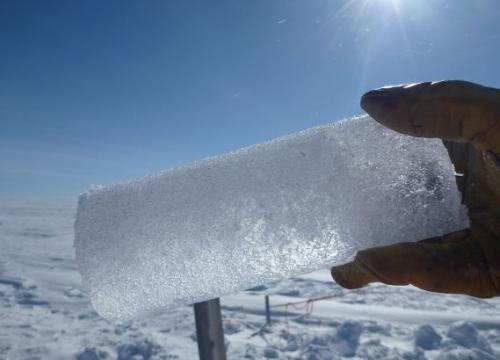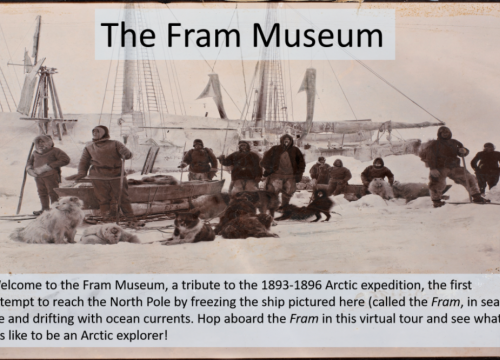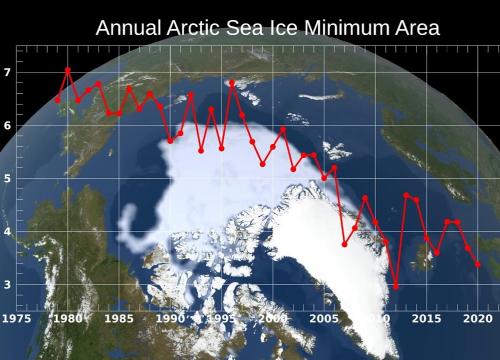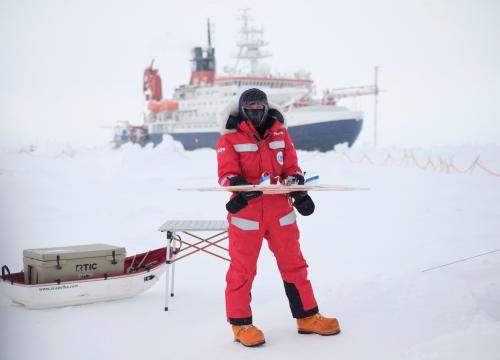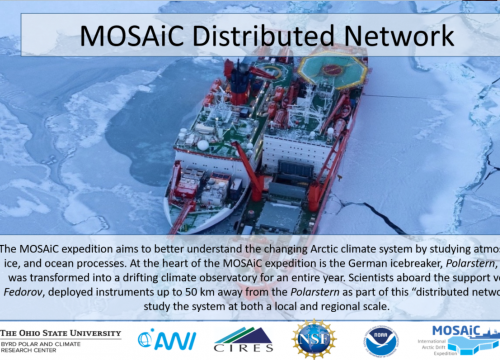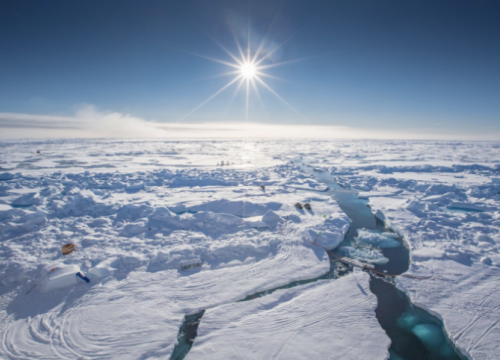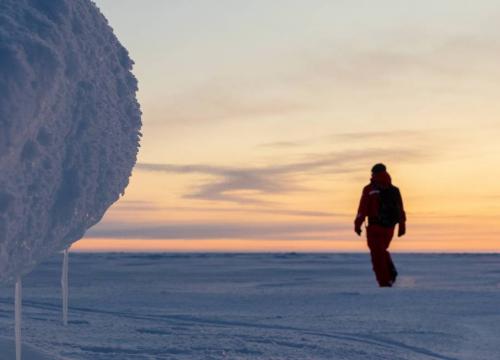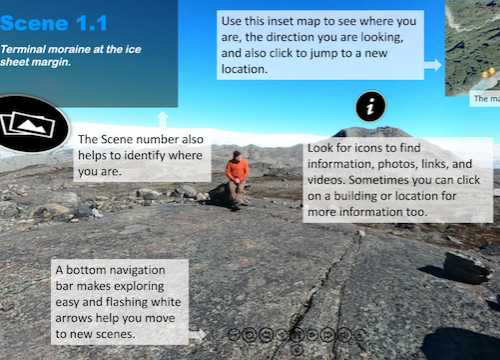In this webinar, Mylène Jacquemart talked about her research working to ID triggers of sudden glacier detachments: destructive glacial process that buried kilometers of Alaskan forest.
This webinar is part of the CIRES/NOAA Science-At-Home series.
Goals Header
About the Presenter
Mylène Jacquemart is currently a PhD Candidate at CU Boulder studying catastrophic glacier collapses. Her work was most recently published in the Geological Society of America.
Growing up hiking and climbing in the Swiss Alps Mylène developed a deep love for the mountains early on. She quickly became aware of the stunning changes reshaping the glaciated landscapes she had come to adore. Today she studies these changes, in particular how the danger from rock fall and landslides is increasing in mountain areas around the world. To this day, the mountains are where she recharges her batteries and she's developed a soft spot for climbing frozen waterfalls.
Recommended Activities for e-Learning
K-5: In our talk today, we're learning about mountains and how climate change is affecting them. Let's start, though, by looking at how we form mountains in the first place. Plate tectonics is a tough concept for young kids, but this great set of kitchen activities can help visualize what happens at the boundaries between the plates that cover our planet and why different types of movement cause things like mountain building, earthquakes and volcanoes.
Now we're ready to start talking about what happens to snow on the steep slopes of mountains. The US Forest Service has some resources to learn about the science of snow and an activity to see why avalanches happen.
The principle of avalanche formation is similar to what happens with landslides that happen on sloped surfaces without snow. We really like this experiment run by a great young scientist named Peytyn. As you watch, you can make your own hypotheses about what will happen and then, repeat her experiment yourself!
6-8: A slightly more technical version of the landslide experiment for older kids from the American Geosciences Institute uses different types of materials to examine slope stability. They use sand, silt, and gravel, but you can use whatever small materials you have handy. Make predictions about which materials can hold the steepest slope. You can also watch this video and activity from the Exploratorium that looks at how different grain sizes contribute to layering of materials that contributes to both landslides and avalanches.
Avalanches are spectacular and can cause spectacular damage, so there are some great videos about them. PBS learning media has this one about the role of ice crystal formation in causing avalanches. They also have this video about a town in Iceland that was hit by an avalanche and how they recovered and protected their town.
9-12: The University of Alberta, a place that knows a thing or two about mountains, has a Coursera course on mountains that we like, and have videos within it on both avalanches and landslides that are a great way to get more technical information on these phenomena. Then, once you are an expert, you can try your hand at charting the best path through avalanche territory in this activity from Project EDDIE (Environmental Data-Driven Inquiry & Exploration) that uses slope angles and topographic maps to find the best passage to you backcountry ski spot.
All-ages BONUS recommendation: the short film The Snow Guardian is about a local legend who lives in the Rocky Mountains and has been collecting data on the snow around his house for more than 40 years. Although he's not trained as a scientist, the scientific work his is doing has made a huge contribution to the understanding how climate change is affecting the Rockies.
